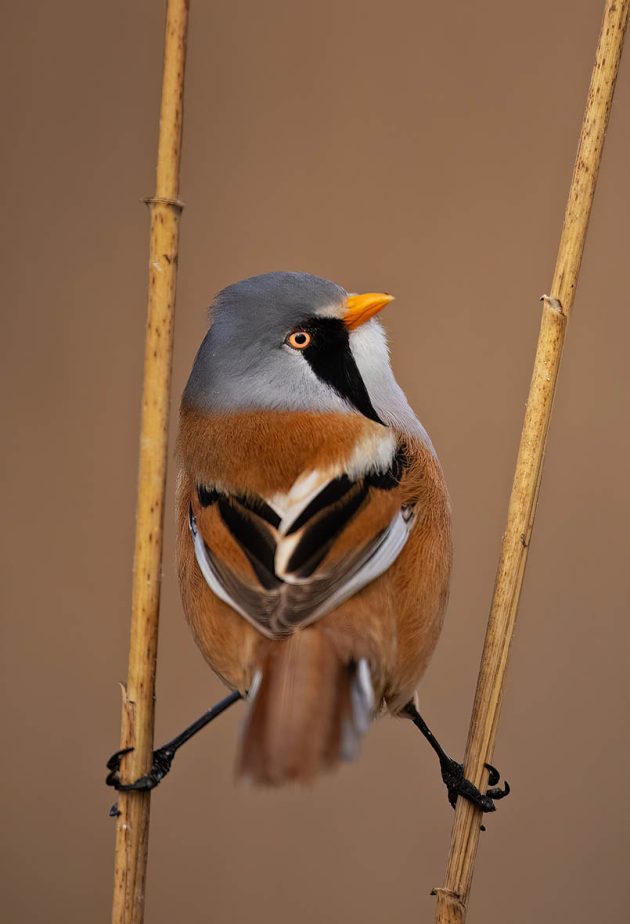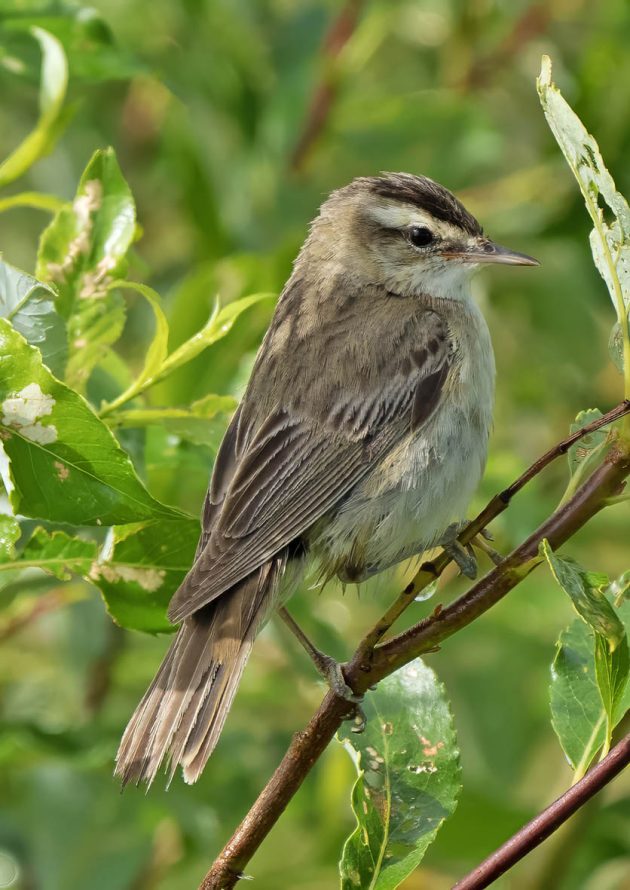My apologies for the late posting this week. I thought I should press on with this article and catch up, especially as it’s relevant to what’s happening in the bird world in the Iberian Peninsula at the moment. Last Saturday we had some early rains down here in the south, the first in over three months, but not enough to start the green flush. Lots of birds are heading south now and they have to cope with extremely dry conditions.

Wetlands are dry and water limited to a few small pools here and there. The Avocets (Recurvirostra avosetta) and Black-winged Stilts (Himantopus himantopus) have now finished breeding and are gathering in flocks. Bearded Reedlings (Panurus biarmicus), Penduline Tits (Remiz pendulinus) and Moustached Warblers (Acrocephalus melanopogon) are now readjusting to where there is standing water.



In most cases, these are post-breeding dispersals but some may perform limited migrations. This is the case of the Zitting Cisticola (Cisticola juncidis) which perform daily flights high into the sky, noisily announcing their position to others and making the jump across the Strait of Gibraltar into Morocco. It’s quite amazing that such a tiny bird is capable of doing this. It’s not dispersal but actual migration. Many years ago, I studied this phenomenon and found that the southward passage was then matched by a spring return of the same individuals.

Other species, considered to be mainly resident, also perform limited migrations. This is the case of Dartford Warbler (Curruca undata). The Sardinian Warbler (Curruca melanocephala) actually crosses the Sahara Desert in small numbers. How a bird with such short, rounded, wings manages it is a mystery to me.


The Moustached Warblers may not go far but two other congeners are on the move towards tropical Africa. Many Reed Warblers (Acrocephalus scirpaceus) drop in to rest and feed, even in the dry olive maquis which would not otherwise be occupied by these birds. Sedge Warblers (Acrocephalus schoebaenus) are much scarcer, appearing to have a stop over further north and then overflying us in a direct flight across the desert. These are truly marvelous feats.


Among the greatest is that of the Greenland Wheatear (Oenanthe oenanthe leucorhoa) that makes a trans-Atlantic crossing before making landfall along the western coasts of Iberia. Now is the time to see these maginficent birds on the move.

Other birds follow this western route, presumably to catch the bit of green along the coasts of north-western Spain to then migrate south along the western fringe of the Sahara, avoiding the worst parts of the desert. This is particularly the case with Pied Flycatcher (Ficedula hypoleuca), which gather in large numbers down the Atlantic coast, but also other species, such as Common Redstart (Phoenicurus phoenicurus).


Many migrants are opportunists and exploit locally abundant resources. The migration of Garden Warblers (Sylvia borin) and Golden Orioles (Oriolus oriolus) coincides with the September production of figs. Find a fig tree at this time of year and you will soon find one or the other of these birds gorging on the figs. So, there are many solutions to the problem of the dry season, as the examples I have chosen clearly demonstrate. Even within closely related species – Moustached, Reed, Sedge Warblers – the solutions to the same problem of lack of water, have followed very different trajectories.


Source link

